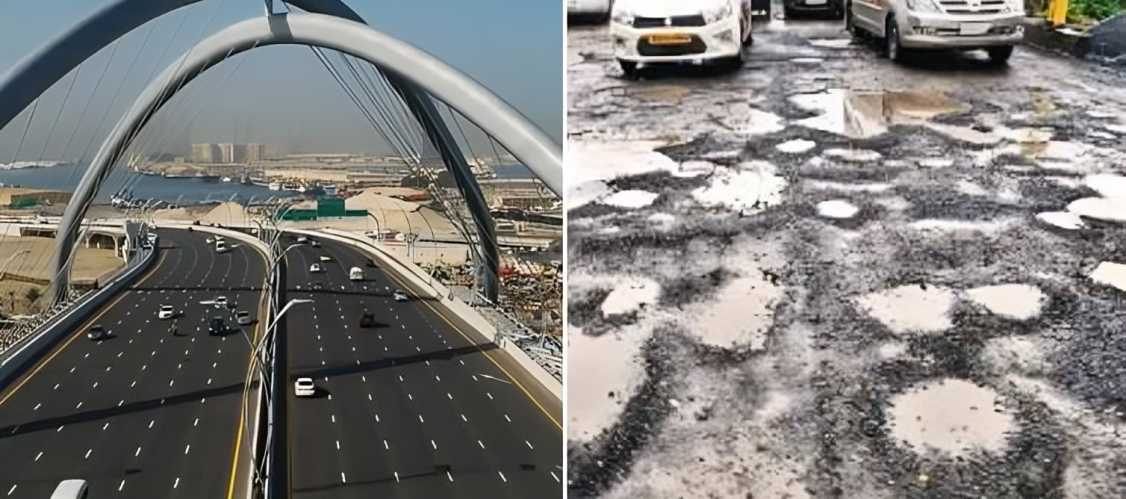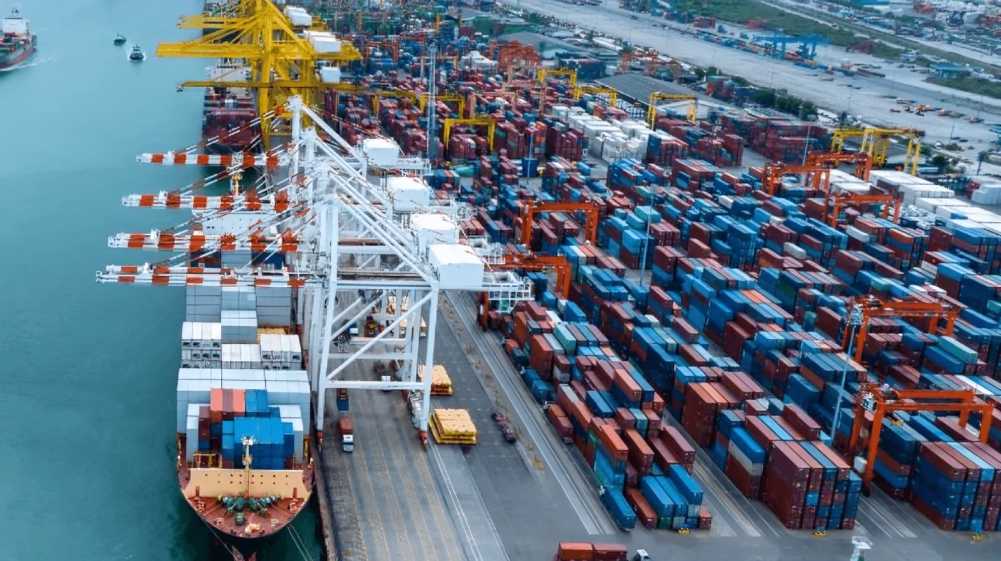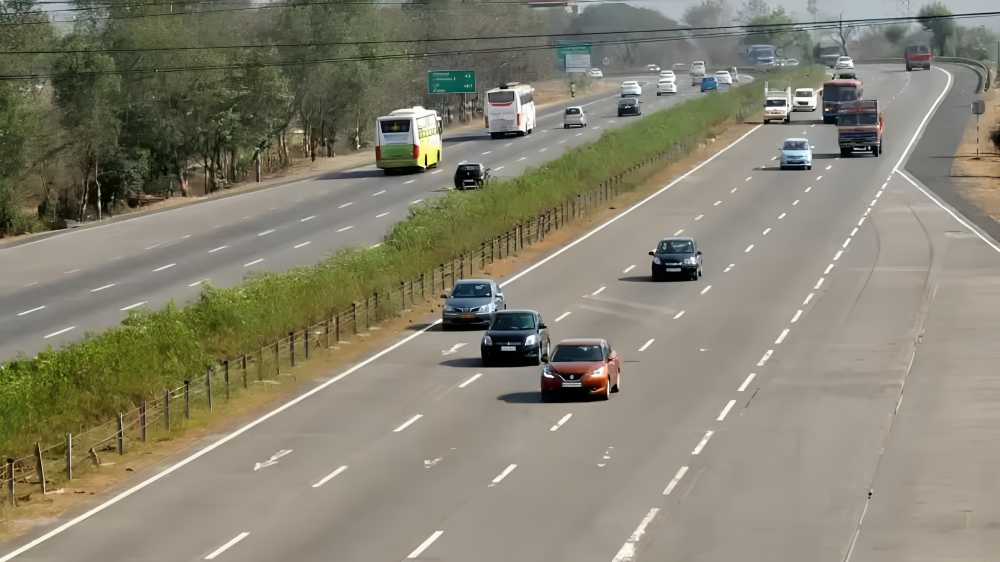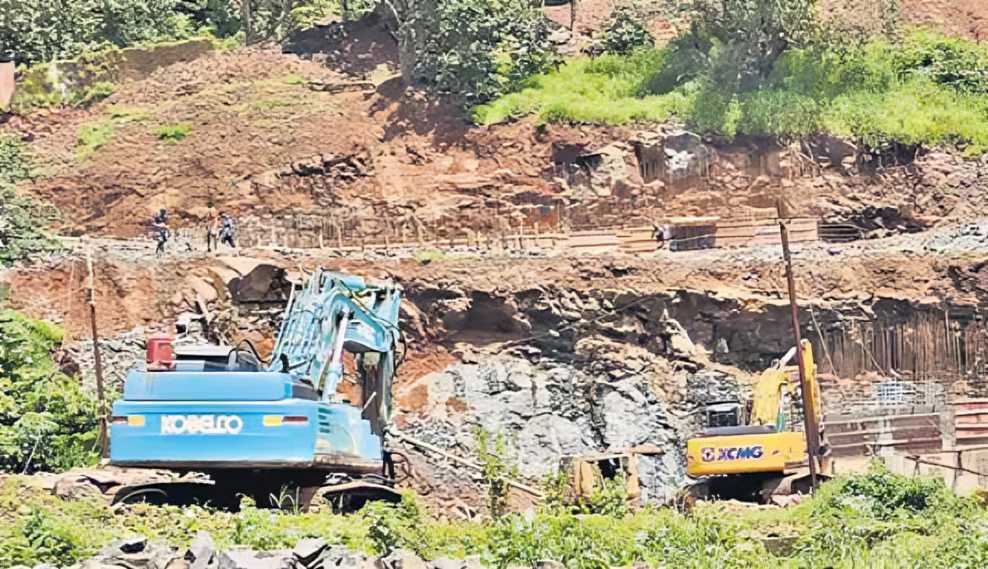October 1, 2025: Mumbai generates an impressive USD 278 billion annually—more than twice Dubai’s GDP of USD 117 billion. Yet the contrast between the two cities is striking. Dubai’s smooth roads, world-class infrastructure and orderly traffic stand in sharp contrast to Mumbai’s daily struggles with potholes, waterlogging and congestion. The disparity highlights that economic strength alone does not guarantee liveable cities; governance, planning and civic discipline play an equally critical role.
Despite Mumbai’s economic weight, the city’s residents face deteriorating roads and frequent flooding during the monsoon. By comparison, Dubai, with less than half the GDP and only 3.1 million people against Mumbai’s 22 million, manages far more efficient urban planning and civic order. Population density in Mumbai compounds the problem, with high traffic volumes accelerating road wear and intensifying urban chaos.
Mumbai’s coastal climate contributes to erosion and road damage, but experts stress that governance matters more than rainfall. Dubai’s arid conditions help preserve infrastructure, yet it is the city’s emphasis on high-quality construction, robust drainage and regular maintenance that ensures durability.
The comparison is also evident in taxation. Dubai residents enjoy a largely tax-free system, while citizens in Mumbai pay income taxes exceeding 30% . Despite this burden, taxpayers feel they receive little in return in terms of infrastructure or public services.
Dubai also enforces traffic rules rigorously through technology and strict penalties, producing orderly roads. In Mumbai, weak enforcement and chaotic driving culture only worsen congestion. Investments in durable asphalt and advanced drainage in Dubai further secure its infrastructure, while Mumbai’s roads deteriorate quickly under the combined weight of heavy traffic and rains.
In the end, Mumbai’s GDP is more than sufficient to fund world-class infrastructure. The challenge lies not in money but in governance, planning and execution—a lesson Dubai’s example makes all too clear.
Source: India Herald





